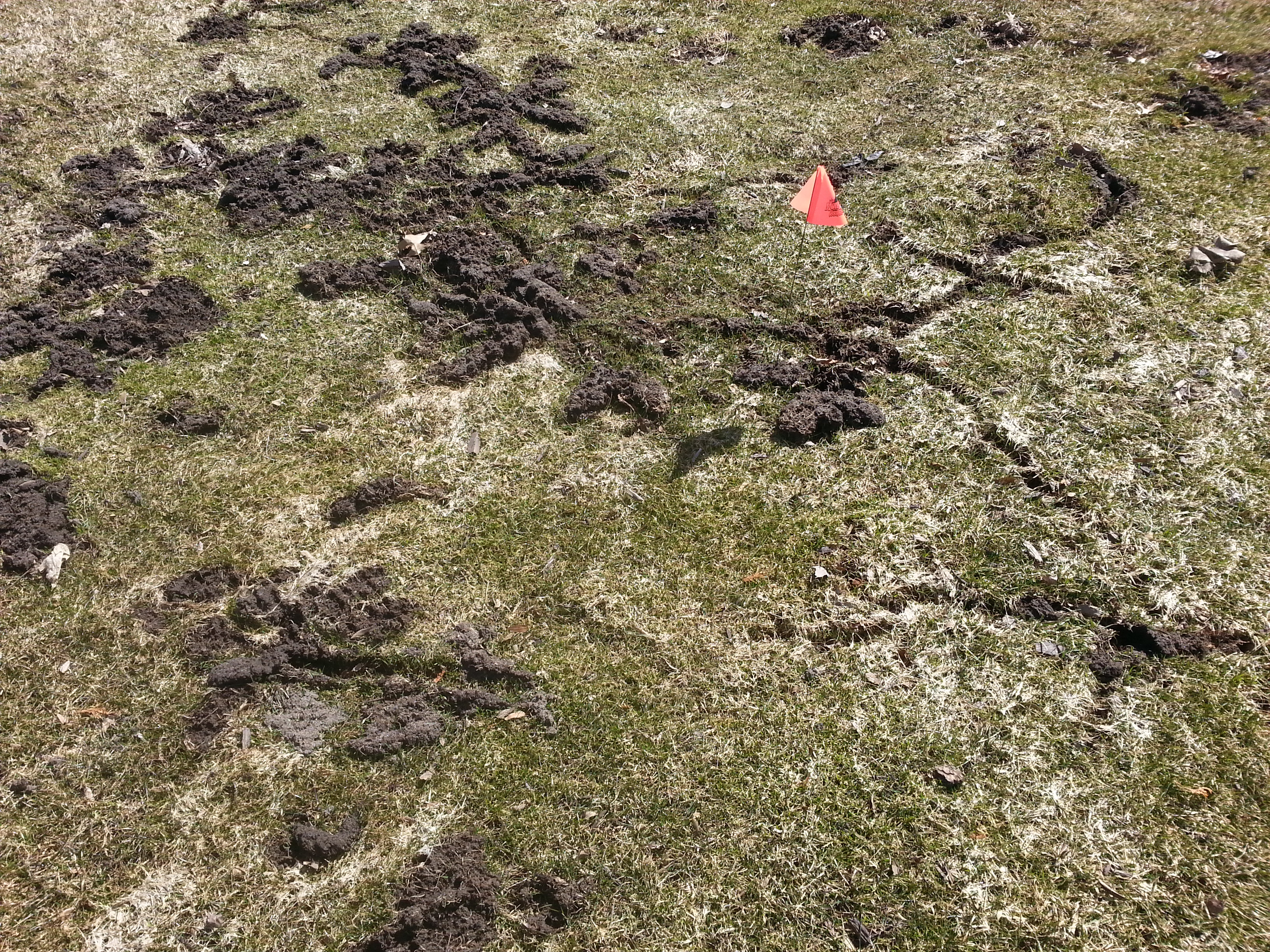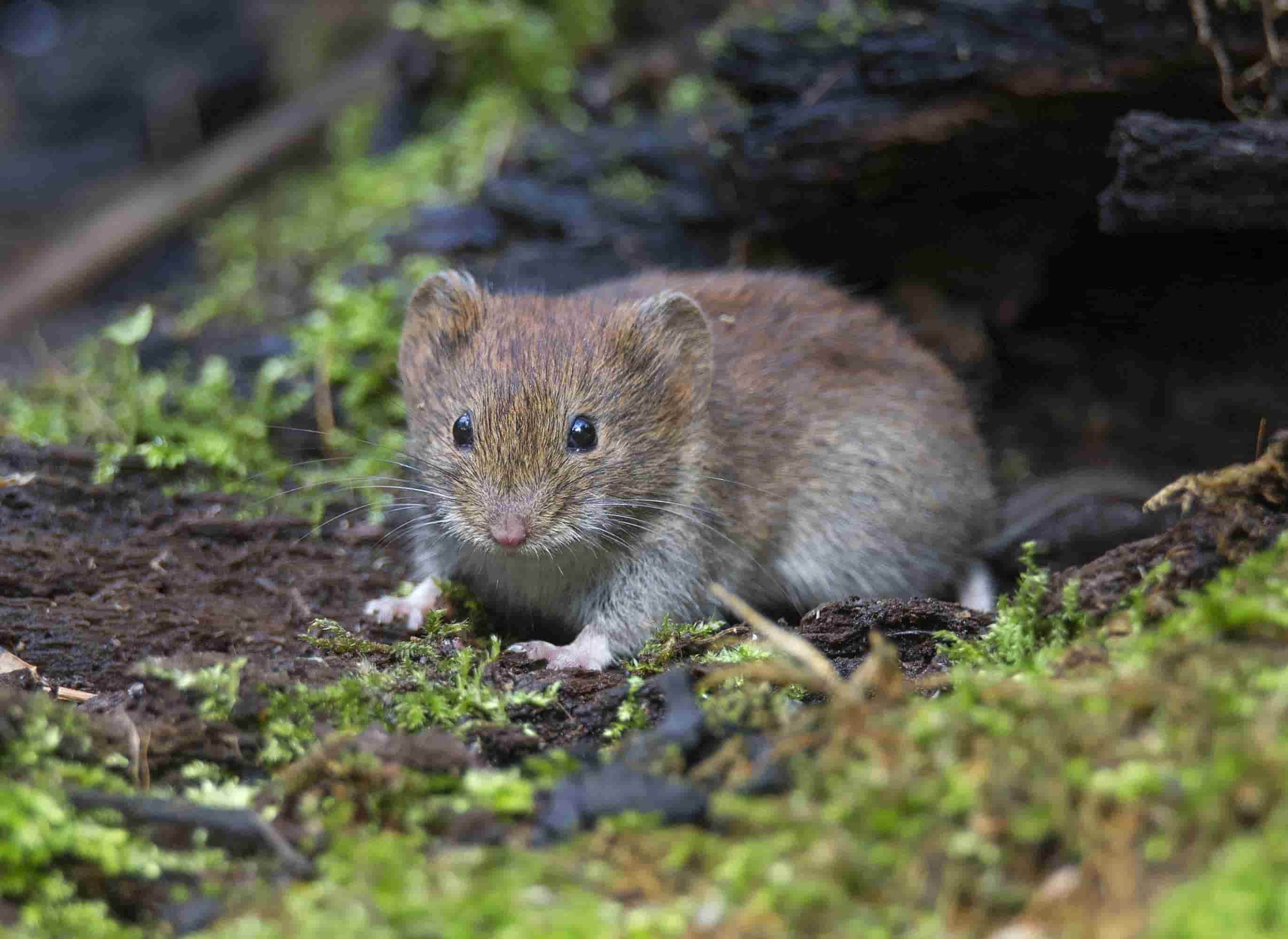Trusted Vole Control in Utah: Solutions for Your Property
Trusted Vole Control in Utah: Solutions for Your Property
Blog Article
Understanding Vole Parasite Control: Thorough Insights on Problem Prevention and Therapy Methods
By acknowledging the refined signs of vole invasion early on, we can take aggressive actions to prevent prevalent damages. In this discussion, we will explore the nuances of vole habits, dive right into the identification of invasion indicators, and reveal the most efficient prevention and therapy methods.
Comprehending Vole Habits
Taking a look at the foraging patterns of voles uses important insights right into their actions and habitat preferences. Voles, tiny rodents looking like computer mice, are herbivores recognized for their below ground tunneling tasks. By observing their foraging habits, scientists can get a much better understanding of where voles like to establish their habitats and the degree of their ecological effect. Voles are prolific dog breeders, with a solitary female efficient in producing several clutters in a year, making it vital to comprehend their actions for efficient pest control approaches.
Research study shows that voles show careful feeding habits, favoring bulbs, roots, and seeds. This nutritional preference influences their foraging patterns, leading them to locations abundant in plants and ground cover. In addition, voles are recognized to produce fancy passage systems for foraging and nesting functions, showing a high degree of adaptability to their environments.
Comprehending vole actions is necessary for executing targeted bug control steps that disrupt their environment choices and foraging activities (vole control). By examining their behavior, experts can develop extra reliable prevention and therapy techniques to take care of vole invasions

Identifying Signs of Vole Infestation
Vole invasions can be detected by acknowledging particular indicators of their visibility in an area. One of the most usual signs of a vole invasion is the existence of surface paths.
Another crucial sign of vole infestation is the presence of little burrow openings in the ground. In addition, voles are recognized to leave behind eaten plant stems, roots, and light bulbs near their burrow openings, indicating their feeding task in the area.
Locating these droppings along paths or near burrow openings can verify a vole invasion. By being attentive for these indications, residential or commercial property proprietors can immediately deal with vole problems and avoid additional damages.
Carrying Out Positive Prevention Measures

Furthermore, using natural vole deterrents like castor oil-based repellents or killer pee can work as efficient safety nets. It is also advisable to routinely check outdoor rooms for any indications of vole task, such as paths or burrow openings, to deal with possible problems immediately. vole lawn damage. By taking on these proactive avoidance approaches, homeowner can substantially decrease the possibility of vole damage and keep the wellness and aesthetic appeals of their landscapes
Effective Therapy Strategies
Incorporating targeted trapping approaches and using approved rodenticides are important elements of effective therapy strategies for managing vole problems. Trapping can be an efficient method to lower vole populaces, specifically when placed purposefully in their energetic paths. Snap catches and live catches can both work, with the latter permitting for the capture and moving of voles. When utilizing rodenticides, it is hop over to here important to follow safety and security guidelines to avoid injury to non-target animals and family pets. Place rodenticides in protected bait stations to lessen risks to unplanned targets. Furthermore, habitat adjustment, such as lowering ground cover and eliminating sources of food, can help discourage voles from infesting an area. Normal monitoring and upkeep are also key aspects of effective therapy methods to make sure that vole populations are maintained under control. By combining capturing, rodenticides, habitat alteration, and constant surveillance, effective vole pest control can be achieved.
Monitoring and Upkeep Tips
Maintaining an organized routine for monitoring and carrying out routine upkeep activities navigate here is vital to maintain the efficiency of vole insect control steps. Normal surveillance enables the very early detection of vole task, enabling timely intervention prior to invasions get worse. To successfully check vole populations, tactically placed traps can be made use of in vole paths or near burrow entries. By frequently inspecting these catches, residential property proprietors can gauge the level of vole activity and adjust control techniques appropriately.
Additionally, maintaining a clean and tidy landscape is essential in vole avoidance. Clearing away debris, such as stacks of wood or thick plant life, gets rid of prospective vole habitats. Consistently trimming and trimming lawns plants helps lower vole hiding places and decreases their accessibility to food resources.
Moreover, recurring maintenance of physical barriers, such as fences or cable mesh, is vital to stop vole breach. Examining and repairing any type of problems to these structures makes certain that vole control continues to be reliable in guarding homes from infestations. By integrating these tracking and maintenance techniques right into a thorough vole insect control strategy, individuals can properly manage vole populations and shield their properties from damages.
Conclusion
In final thought, mastering vole pest control requires a solid understanding of vole habits, the capability to identify indicators of invasion, implementing aggressive avoidance measures, effective treatment techniques, and regular monitoring and upkeep. By taking a comprehensive strategy to vole control, people can efficiently take care of and protect against infestations, inevitably protecting their home and surrounding setting from damage triggered by these tiny rodents.
In this discussion, discover this we will certainly discover the nuances of vole habits, delve right into the recognition of invasion indicators, and reveal the most reliable avoidance and therapy methods.Incorporating targeted trapping approaches and using authorized rodenticides are essential parts of effective therapy strategies for managing vole infestations. To successfully check vole populaces, tactically positioned catches can be utilized in vole runways or near burrow entrances. Inspecting and repairing any problems to these frameworks makes certain that vole control remains effective in protecting buildings from invasions. By including these surveillance and maintenance practices right into a comprehensive vole parasite control plan, people can properly take care of vole populations and protect their buildings from damage.
Report this page